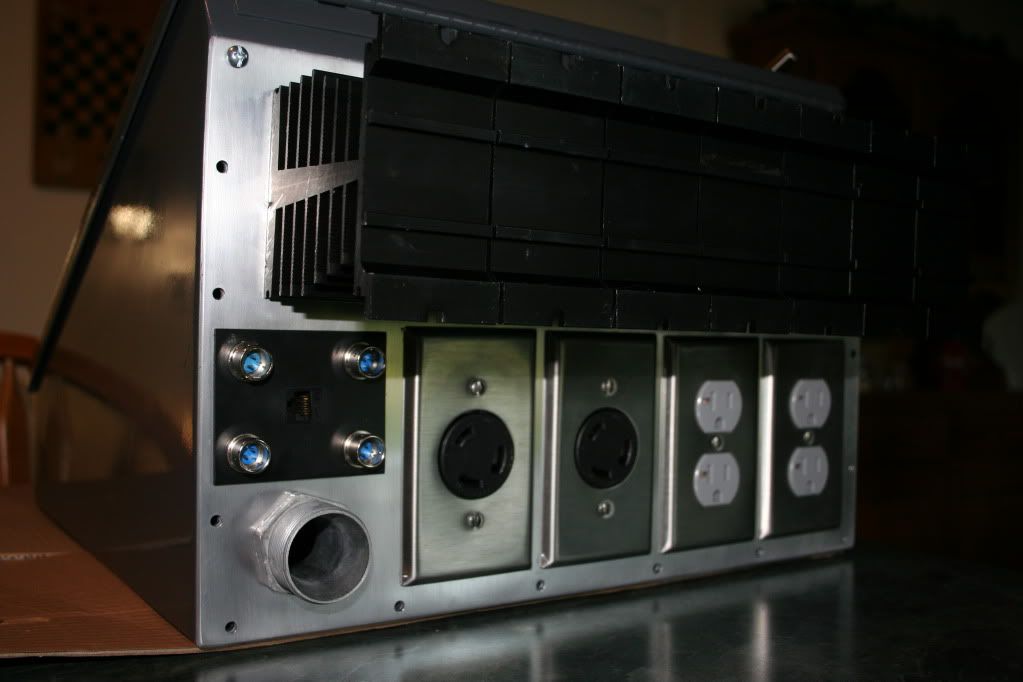interplexr
Well-Known Member
I appologize if this has been asked and answered but I couldn't find anything when I searched so here goes....
I'm constructing the start of my electric rig. I'm working on the brew kettle at the moment along with the stand, control panel, and wiring. I'm scratching my head as to how I'm going to mount the SSR in the PVC box with the heatsink outside. I suppose I could notch the side and slip it on but that doesn't seem very clean and it limits where I can put it in the box. I'm sure smarter folks than me have solved this issue so I was hoping to get some suggestions, maybe with a couple pictures.
I'm constructing the start of my electric rig. I'm working on the brew kettle at the moment along with the stand, control panel, and wiring. I'm scratching my head as to how I'm going to mount the SSR in the PVC box with the heatsink outside. I suppose I could notch the side and slip it on but that doesn't seem very clean and it limits where I can put it in the box. I'm sure smarter folks than me have solved this issue so I was hoping to get some suggestions, maybe with a couple pictures.



